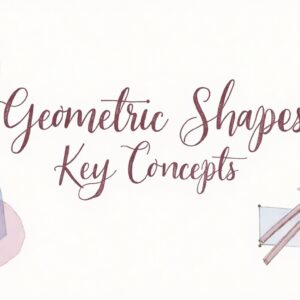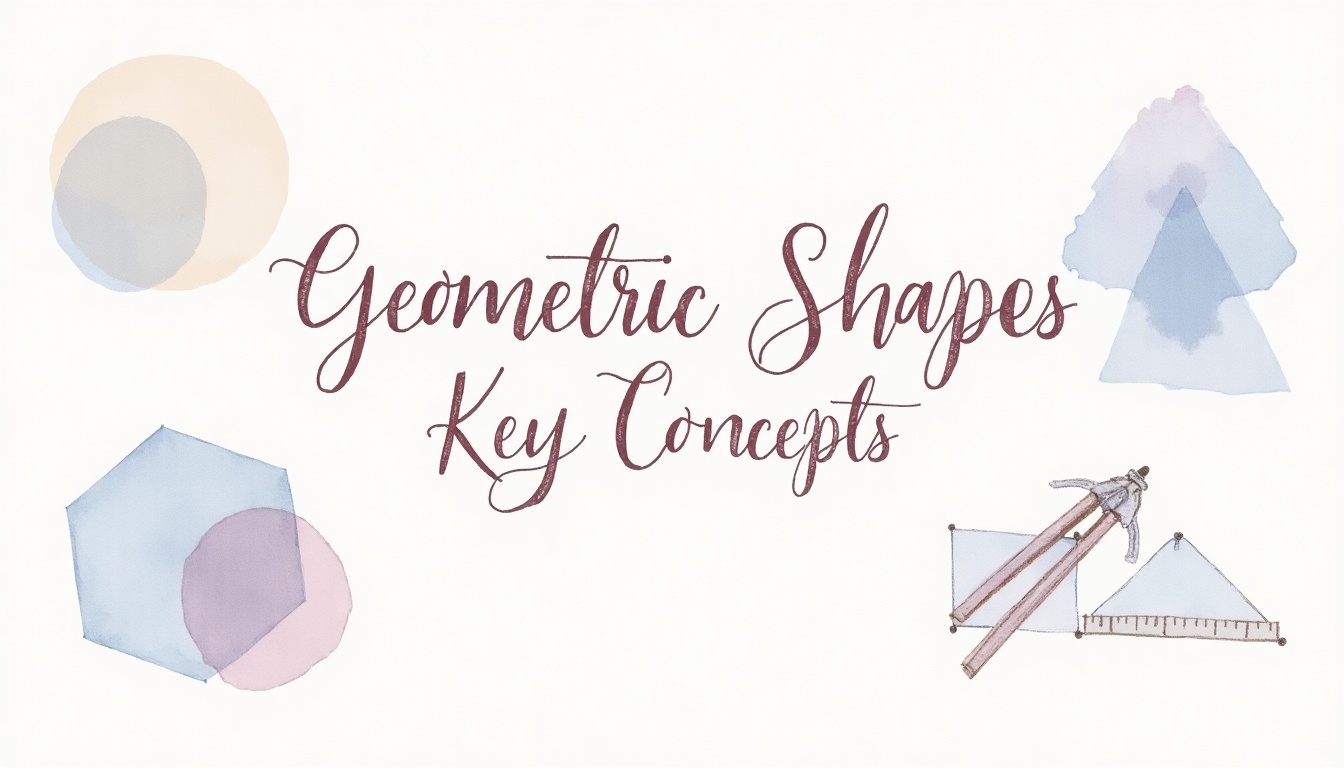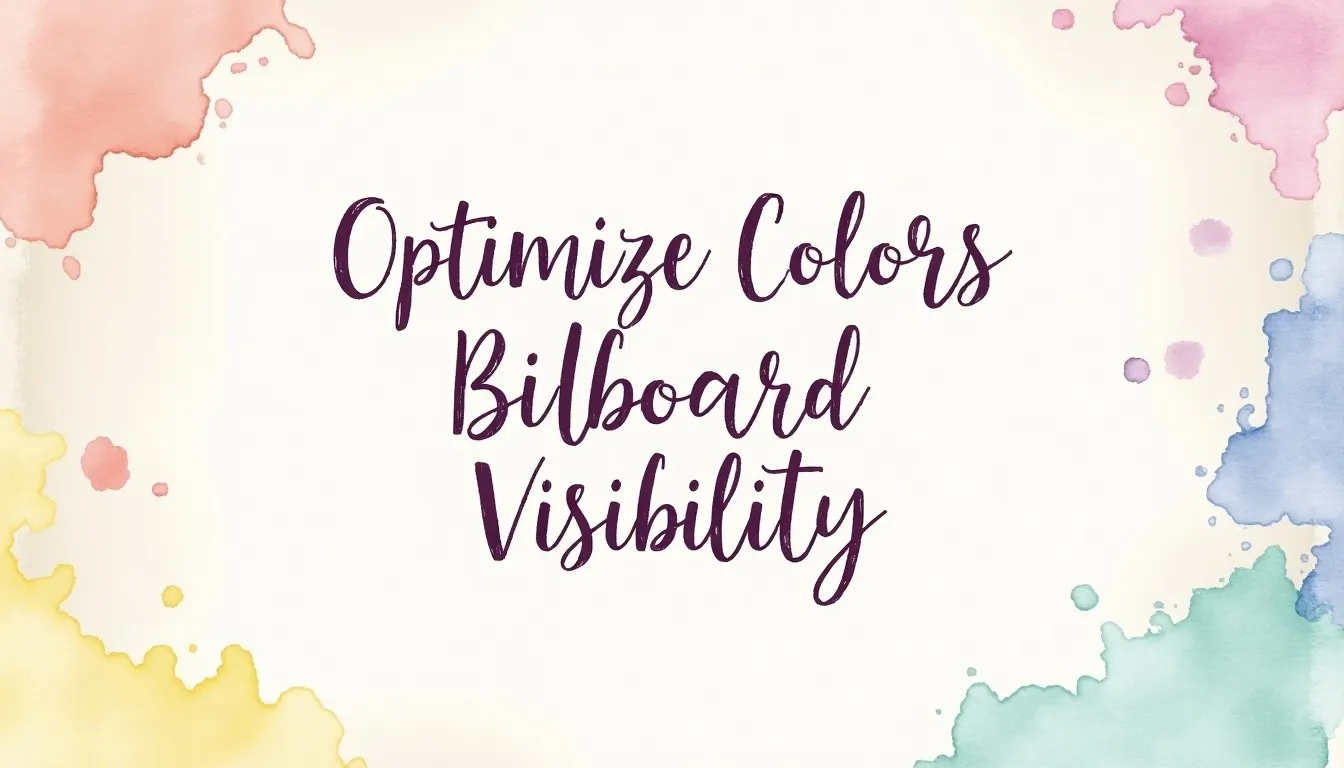Hey guys, I hope you are doing great and staying safe at your place with your loved ones. If you are here to know the information about the ‘Art of Sustainable Design’, then stay here and keep reading till the end; it is going to be interesting, and you will come to know many things. This write-up will make you know many things with easy language. So, let’s jump into the write-up and have fun.
What is The Art of Sustainable Design Refers To?
The sustainable design aims to “totally remove negative environmental effects via smart, sensitive design.” Sustainable design requires renewable resources and innovation to have a low environmental effect and to connect people to the natural world. “Humans have a design problem, not a pollution problem,” says the author. Humans would not need to consider waste, contamination, or scarcity if they designed things, tools, furniture, houses, industries, and cities more wisely from the start. Abundance, infinite reuse, and joy would all be possible with good design.” – Michael Baumgart and William M. Smith’s The Upcycle
Every day, design-related decisions all across the world affect “sustainable development”. They also play a role in providing for the requirements of future generations of life on Earth. Design and sustainability are inextricably connected. Simply put, our future has been planned. The term “design” refers to techniques employed in the creation of goods and services, as well as business and innovation strategies, all of which contribute to sustainability. Sustainability is defined as the ability to continue indefinitely; what’s sustainable can be sustained indefinitely. The art of sustainable design was created in accordance with fundamental sustainability concepts such as ecological, social justice, nonviolence, and grassroots democracy.
The Art Of Sustainable design
According to Maja and Reuben Fowke, contemporary art historians and curators. The beginnings of sustainable art traced back to the conceptual art of the late 1960s and early 1970s. With its emphasis on dematerialization and questioning of the art system’s functioning. They also link the growth of the idea of sustainability to the end of the Cold War in 1989. As well as the emergence of a new understanding of the global nature of ecological and social issues. The art of sustainable design may also be defined as art created with regard for the work’s overall impact. The reception in connection to its surroundings (social, economic, biophysical, historical, and cultural).
According to these authors, sustainable art takes a critical stance toward certain important figures in the 1960s land art movement. The one who showed little regard for the environmental repercussions of using the landscape as a huge canvas with a bulldozer as a brush. They have questioned the polemical distinction between ‘autonomous’ and ‘instrumental’ art that dates back to modernism. Stating that ‘autonomy is what allows art, as well as artists as social actors, to be free and able to propose alternatives to prevailing ideological paradigms.’

‘Beyond Green: Towards a Sustainable Art’
At the Smart Museum in Chicago in November 2005, one of the first exhibitions dedicated specifically to “sustainable art.” TJ Demos, “The Politics of Sustainability: Art and Ecology,” examines the conflictual politics of sustainability and the ambiguity of the word sustainability (which oscillates between “ecological sustainability” and “economic sustainable development”) (2009).
See Maja and Reuben Fowke’s’ essay on ‘Art and Sustainability in Enough for All Forever for a recent account of the multi-faceted role of contemporary art in highlighting environmental issues, expressing criticism toward unsustainable factors in society, and offering imaginative solutions for achieving sustainability (2012).
Five artists and designers who are making a difference via sustainable art and design
-
Choi Jeong Hwa
Choi Jeong Hwa is a well-known artist who works with recycled materials. Such as old banners and commercial plastic containers, to create tiny sculptures and large-scale installations. His works, as a renowned Korean Pop artist, compel spectators to consider consumerism and mass manufacturing. He even asks them to touch, walkthrough, and interact with his site-specific pieces.
Choi has been investigating the connection between the artificial and the natural since the 1990s. “Plastic, created by the sun, the earth, and humans,” he told The Artling. Nature creates what humans create. Plastic is a combination of rubber and oil and is usually of “second nature.” Thus, Choi not only creates environmentally friendly works out of recyclable and non-biodegradable materials. But he also examines the materials and how they have been denied by nature. As a result, fanciful sculptures decorate enormous areas, evoking a sense of enchantment.
-
Cui Fei:
Cui Fei, a Chinese artist residing in the United States, was a deserving recipient of the Pollock-Krasner Foundation Grant. the Princeton University Art Museum has acquired her work. Her work, deeply rooted in nature, with vines, twigs, and tendrils among the materials she likes to use. She uses these elements to write manuscripts that show the links between cultural differences, culture and environment, and nature and human beings. All of her inspiration for the same comes from her Chinese ancestry. These manuscripts were also written to represent nature’s mute messages.
-
Life Wood Works:
Life Wood Works, Japanese furniture business founded by Takahiro Hirano that employs cedarwood offcuts to produce its pieces. His ‘Groans’ series incorporates salvaged wood from a tree’s base after the majority of the tree chopped down. This portion of the tree rarely utilized economically since it not only uneven but also dense, making it difficult to shape into goods. Not saving these trees is going to cause significant harm to rivers and dams nearby. Hirano hoped to “transform them into magnificent creations and to improve the forest and people’s lives” by salvaging this wood. Because of its soft nature, furniture does not often use cedar.
-
Chris Maynard
Maynard, a member of Artists for Conservation, incorporates biology and ecology into his feather artworks. The one which he creates with equipment passed down via his families. Such as small eye surgery scissors, forceps, and magnifying glasses. Only the ones that the birds shed or discard undergo the process of natural recycling in his work, which he acquires responsibly from private aviaries and zoos.
Maynard’s practice revolves around conservation. Even if a feather has completed its life with a bird, he feels it still has a lot to contribute. He embraces nature through the individual properties of each and every feather in his art. He uses this medium as a universal metaphor for flight, transformation, and freedom.
-
Ryosuke Hiroshima
He tries to hang on to Japanese folk tools and antiquities that would otherwise be deemed obsolete in today’s world, hoping to preserve their spirit through his art.
Hiroshima, motivated by the Japanese spiritual notion of the “Tsukumo God” throughout his practice. It is based on the concept that all tools have a spirit that develops and ages through time, and that this spirit has an active potential to attract people and inspire creativity. Above all, Hiroshima encourages people to reflect on the significance of sustainability and consumerism in current society through his art.
Conclusion
So, after a long article, I hope you got all the details about the art of sustainable design. I hope you clarified all your doubts and really enjoyed it.






















